Delaware is moving into the second year of their new Young Farmer Program. The program provides 0% interest loans for 30 years so a young farmer can purchase farmland while permanently preserving that farm from development. The State eventually gets the money back while recycling the funds to preserve even more land. Is that win-win or what? But the program really brings up the question: What is the future of farming?
Today’s New York Times covers the Supreme Court case recently heard (Bowman v. Monsanto Company, No. 11-796) concerning the farmer who saved seed from Monsnato’s Roundup-ready soybeans and refused to pay the licensing fees on the saved seed. It doesn’t look like the farmer will prevail. In any event, the case highlights the face of farming in the future; at least for one major segment of commercial agriculture. And that face is not the independent farmer, standing alone in the field, devising his own methods and following his own path in the battle against weather, insects, disease, markets and the thousand variables that make farming such a risky, and exciting, business. Today’s farmer must join forces with technology in genetics, computer systems, global positioning systems, intelligent software, rapid communications, market analysis and emerging systems not yet imagined, much less perfected. The big question which dogs Mr. Bowman and his legal battle with Monsanto is, “How much control will pass from the farmer to the partners who provide the technology?” This is a major question for the agriculture of our future. Some pessimists have already concluded that the farmer of the future may be little more than a tractor driver who makes few decisions and bears most of the risk of farming. The farmer becomes an operator of technologies that are out of his ultimate control, but upon which he must depend to maximize profits and, ironically, lower risks. Add to the that the government that demands a stable and cheap food supply and further mitigates risk for the farmer to achieve those societal benefits. This future is vastly different than the world the previous generation of farmers inhabited. So what, if anything, remains the same for the young farmers competing for Delaware’s help in owning land?
For one thing – the land itself is crucial to the future of farming. The onslaught of development along the fertile coasts of America has brought back to mind the statement two generations ago by Will Rogers. When the Cowboy Philosopher was asked why he was buying land in California in the 20s he scratched his head and replied, “‘Cause I realized they ain’t makin’ it anymore!” No matter where agriculture is headed in the future it will require land. And any real farmer knows that there’s nothing like owning your own land. That ownership intersects with the real reason a young person will take on a 30 year loan for land that can never be used for anything other than farming – commitment to a lifestyle in love with the challenge of growing things, and producing food, and feeling in your heart that what you do is important to so many. For someone like that technology in farming is just another dimension of the challenges




